Author: sp15 (US server)
The list of previous parts is at the bottom of the article.
You have probably heard of the S-tank, a Swedish turretless tank, designed to stop the tide of Soviet armor during the coldest days of the Cold War. But I’m willing to bet that most of you have no idea how the unconventional design came to be and that is what I’m going to try to explain in a two part special of the Swedish tanks series. Part one will be dedicated to how the design was chosen and its development between 1956 and 1961. Part two will cover the testing of the prototypes and preproduction models as well as the production version and how it could be implemented in World of Tanks.
History and Development
The story begins with Sven Berge, an engineer, working at the Combat Vehicle Bureau. His family is out of town during the weekend and he is working on Saturday in late August 1956, when he gets the idea that would come to start the S-tank project. As he is alone, he has time to work on his idea and by the time work starts again on Monday, he has already written a memo about the concept of a turretless tank to his boss. This memo also reaches Colonel Gillner, who is the overseer of the Combat Vehicle Bureau. Initially he is skeptical towards the idea, but he is soon talked into giving Berge more time to develop the concept and a month later, on the 22nd of October, Sven Berge submits a document entitled “Report on Invention”.
Sven Berge
In the document “Report on Invention”, Berge describes the idea of a new type of turretless vehicle, that would be able to move its hull to aim the main armament. This was to allow for a much smaller and more compact vehicle than contemporary tanks, while allowing better protection at lower weight than on those tanks through the use of sloped armor. The main part of the document explains how the new type of suspension would work and there are several illustrations that show how a vehicle using this type of suspension could look.
Suspension at maximum depression
Illustration of a vehicle with the new suspension compared to the Centurion
Thanks to this document, Sven Berge became a part of a research group, tasked with coming up with proposals for the requirements for the future main battle tank. Here, Sven Berge´s concept was developed further, mainly various configuration of the idea were drawn out and discussed. The result was a vehicle, which would still have well sloped frontal armor with a fixed main gun, that would be aimed trough hull movements, but the tank would have only two crewmembers. To make this possible, it was planned to use an autoloader for the main gun. This was something that remained in all future variants of the S-tank. It was however found that the 2 man crew would be insufficient to carry out all their tasks and a third crewmember was added.
As I covered in the last part, in 1958, it was decided that Sweden should acquire a new main battle tank to replace the Centurion. This did lead to three different proposals, 2 of which were based on foreign ideas of tank design and development. However, the third proposal was another iteration of Sven Berge’s idea, which now received the name Strv S (S-tank). Of these proposals, the Strv T was considered too light and work on it was discontinued early on, but the Strv A was kept in development as the turreted alternative to the Strv S in case the development of the S-tank proved too difficult. However, by the end of 1959, tests had shown that the S-tank was a plausible concept and therefore the development of other Swedish alternatives was dropped.
During 1958 and 1959, series of tests were made for evaluating the plausibility of the S-tank concept. These included tests of a number of vehicles ranging from earlier prototypes to vehicles bought for testing and evaluation after WW2. The most important of these test vehicles was the prototype “Kranvagn” chassis, built for the EMIL heavy tank project. The “Kranvagn” chassis was fitted with hydraulic suspension and was easily converted to a testbed for the S-tank by the removing 4 roadwheels and adding equipment for testing the elevation and depression of the hydraulic suspension.
The “Kranvagn” chassis as S-tank testbed
An Ikv 103 and a Sherman chassis fitted with equipment for testing aiming with a fixed gun to the side
Alongside these tests, the S-tank was also under further development and in 1959, detailed plans were made for the tank’s layout and autoloader. As a part of these, it was decided to change the engine from a conventional high power gasoline engine to a combination of a gas turbine and a diesel engine. The purpose of this change was to save weight and to decrease the size of the vehicle. The 1959 version of the S-tank didn’t however have what you would call good armor, unlike its earlier and later variations, which had at least 40mm of armor – this version had only 30mm all around. Side armor was however better with the upper part (over the tracks) having 30mm of spaced armor before the main side plate underneath. The main armament was to be either an autoloaded version of the British 20pdr gun, or a newly developed Swedish 105mm gun. Later, the 105mm gun was switched to the British L7 gun, as Sweden got the license to produce it with the purchase of the Centurion Mk.10
Strv S 1959
Autoloader schematics
After 1959, in 1960 and 1961, work started on the construction of the first prototypes and their components. During this time, the autoloader was built and tested and a full sized mockup was built to study the placement of various components and modules. At the same time, the design was being improved on drawing boards and was starting to incorporate features like built-in swimming skirt and “fence” type spaced armor for protection from HEAT ammunition.
Strv S 1961 with protective armor screens and a dozer blade
Pros and Cons
When the S tank was chosen for development over the turreted alternatives in 1959, it was because its unique set of the advantages, that at the time outweighed the negatives. The main advantage of the S tank was better protection it offered when compared to other vehicles in the same weight range. It was estimated that the S-tank would be able to withstand subcaliber shells of up to 12cm caliber, thanks to the sloping of the frontal armor – this was a lot better when compared to the Leopard 1, which weighed about the same. Another advantage of the fixed gun was the low profile, that would make the tank hard to detect and hit. This design also allowed for the use of a relatively simple autoloader, which had its ammunition stored in the back of the vehicle and away from the crew. This autoloader also allowed for a much higher rate of fire than in a standard tank – in fact, it could reach a fire rate of up to one round every 3 seconds, which is still impressive today.
There were two main disadvantages to the lack of a turret. These were the fact that the vehicle could not fire on the move and that it would take longer to turn the whole tank. Also, in certain cases, the fixed gun could restrict the movement of the tank. However, with the development of a rapid turning system, at least one of these problems was remedied. The other problem was something that couldn’t be fixed, but at the time, it was not seen as significant, since a tank would have to stop to fire accurately anyhow. With later developments of stabilizers for guns however, this became one of the main drawbacks of the vehicle.
As I wanted to cover the early development of the S tank in this part, I will go into greater detail regarding the later models of the tank and how well it actually worked in the next one. I will also be covering how I think it could work in World of Tanks, so stay tuned for part two. In any case I hope you liked part one.
Characteristics
Data: Strv S 1959
Combat weight: around 30 t
Length (hull): 5,7m
Width: 3,3m
Height (hull): 1,7m
Ammo: 50 rounds (105mm)
Armament: 84mm kan Strv 81 (autoloader), Vk 105mm L59 (autoloader)
Crew: 3 (commander, driver/gunner, driver/radio operator)
Engine: Rolls Royce K60 & Boeing 502-10MA (540hp)
Armour:
UFP: 30mm at 15°
LFP: 30mm at 18°
Sides (inner): 30mm at 90°
Sides front (outer): 30mm at 90°
Sides rear (outer): 20mm at 90°
Rear: 30mm at 35°
Bottom: 20mm
Roof: 20mm
Cupola: 20mm
Data: Strv S 1960
Weight: 33 tonne
Lenght (hull): 6,6m
Width: 3,4m
Ground clerance: 450mm
Track width: 670mm
Ground pressure: 0,9kg/cm^2
Max speed: 60kph
Elevation/Depression: +11/-11
Data: Strv S 1961
Weight: 34 tonnes
Length (hull): 6,7m
Height: 1,85m
Width: 3,3m
Ground clerance: 450mm
Ground pressure: 0,82kg/cm^2
Armour 40/30/20
Max speed: 60kph
Elevation/Depression: +11/-11
Armour:
UFP: 40mm at 12,5°
LFP: 40mm at 17°
Sides (inner): 30mm at 90°
Sides front (outer): 10mm at 90°
Sides rear (outer): 10mm at 90°
Rear: 30mm at ?
Roof: 25mm
Source(s):
http://tanks.mod16.org/2013/11/21/strv- … -0-serien/
http://i.imgur.com/bMfYmN9.png
http://i.imgur.com/NGFrxiv.png
http://i.imgur.com/fWh1vuD.png
http://www.ointres.se/strv_103.htm
http://www.ointres.se/anmalan_om_svensk_uppfinning.htm
Part I: http://ftr.wot-news.com/2014/03/07/swedish-tanks-part-i-strv-m21-29/
Part II: http://ftr.wot-news.com/2014/03/12/swedish-tanks-part-ii-strv-m31-strv-fm31/
Part III: http://ftr.wot-news.com/2014/03/15/swedish-tanks-part-iii-landsverk-l-100-and-l-120/
Part IV: http://ftr.wot-news.com/2014/03/21/swedish-tanks-part-iv-landsverk-l-60/
Part V: http://ftr.wot-news.com/2014/03/27/swedish-tanks-part-v-strv-m37-and-strv-m41/
Part VI: http://ftr.wot-news.com/2014/04/08/swedish-tanks-part-vi-sav-m43/
Part VII: http://ftr.wot-news.com/2014/04/18/swedish-tanks-part-vii-strv-m42/
Part VIII: http://ftr.wot-news.com/2014/05/08/swedish-tanks-part-viii-pvkv-m43/
Part IX: http://ftr.wot-news.com/2014/05/12/swedish-tanks-part-ix-tlp-46-and-strv-leo
Part X: http://ftr.wot-news.com/2014/05/15/swedish-tanks-part-x-strv-lansen/
Part XI: http://ftr.wot-news.com/2014/05/17/swedish-tanks-part-xi-ls-50/
Part XII: http://ftr.wot-news.com/2014/06/01/swedish-tanks-part-xii-emil-1951/
Part XIII: http://ftr.wot-news.com/2014/07/15/swedish-tanks-part-xii-emil-1952-1958/
Part XIV: http://ftr.wot-news.com/2014/07/23/swedish-tanks-part-xiv-strv-81/
Part XV: http://ftr.wot-news.com/2014/08/06/swedish-tanks-part-xv-strv-a-strv-t-strv-k/

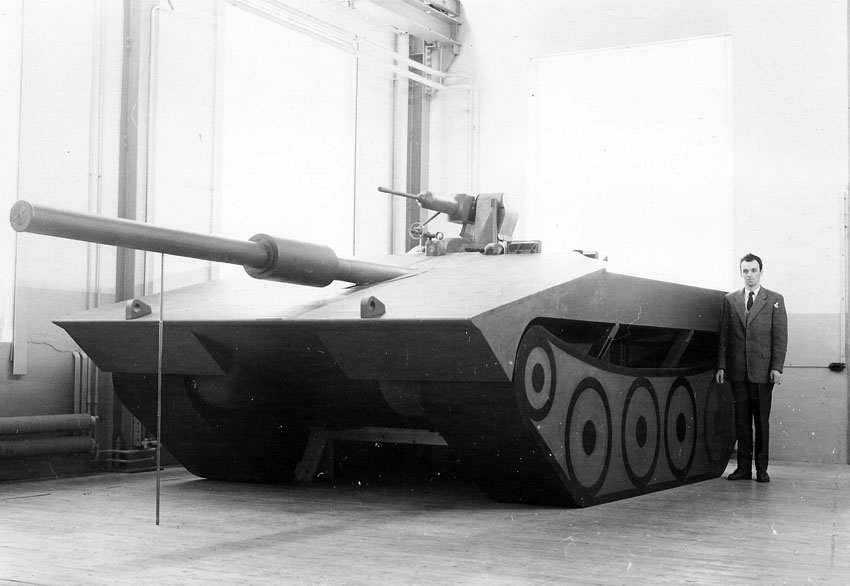
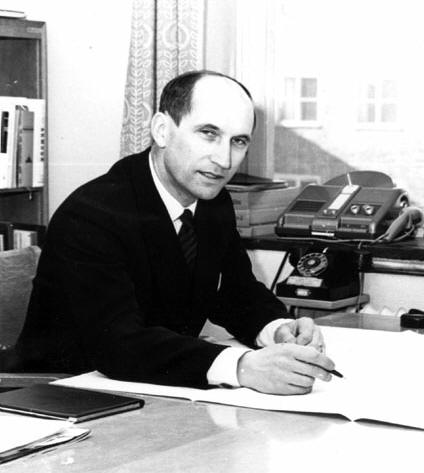
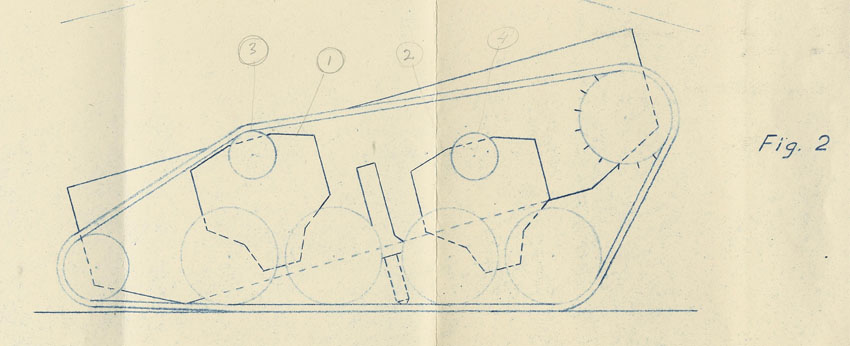
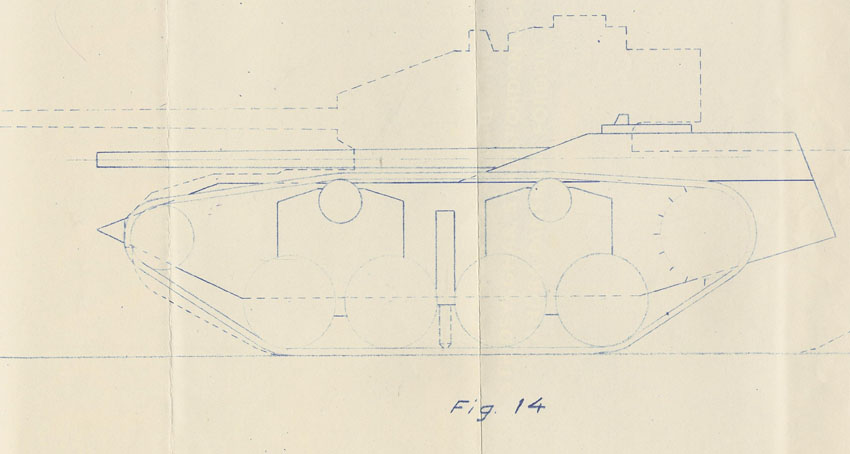
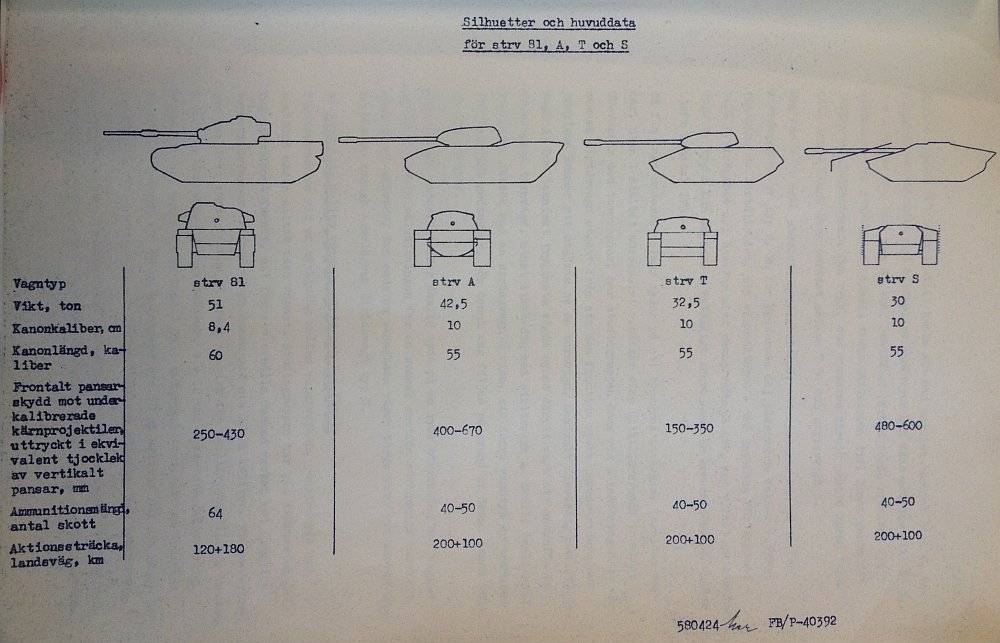
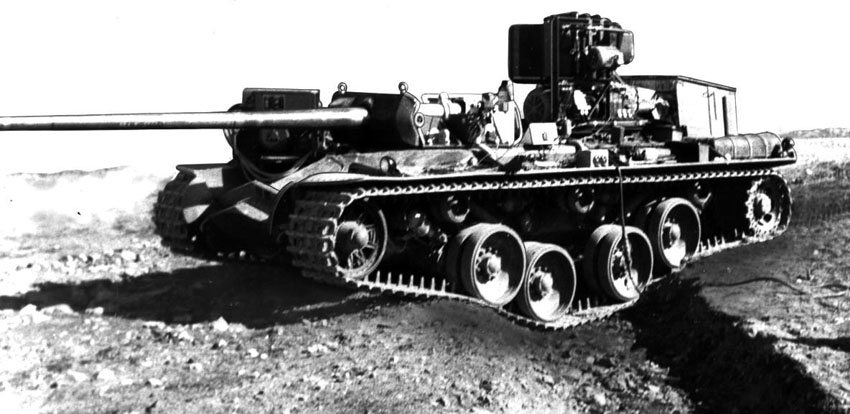

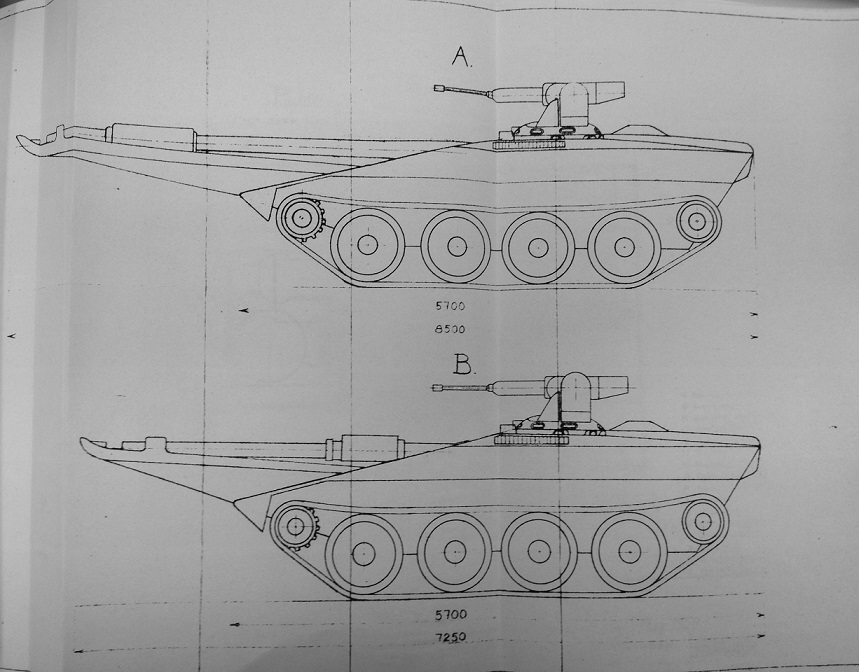
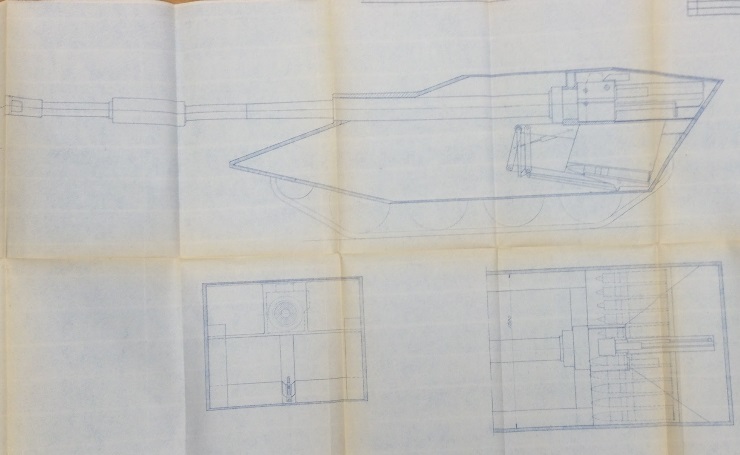
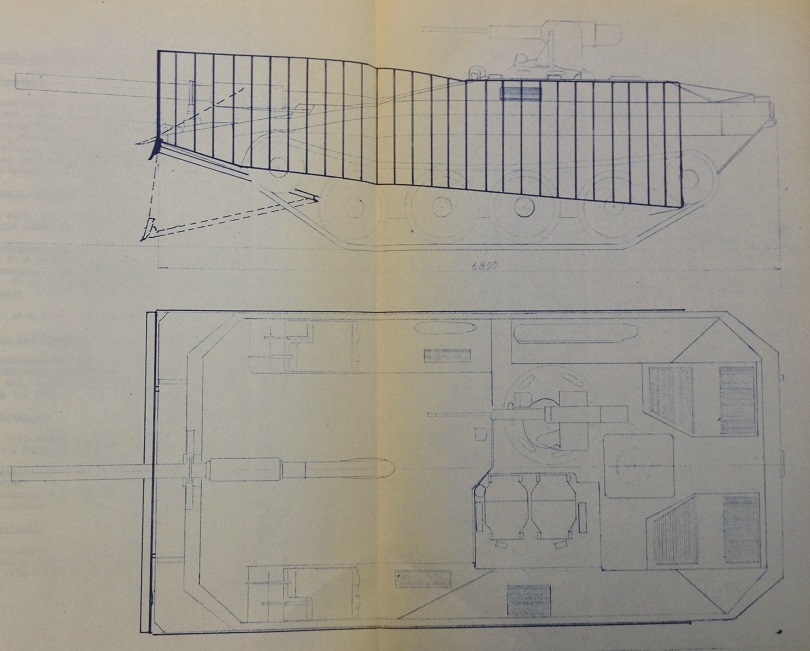
I was at the WG event at Arsenalen this year and saw a demo of the Strv. S. All I can say is: Damn that thing is small.
If it was ingame it would be the only vehicle with the same speed going backwards as forwards. I know that there are some tanks in the game that had the abillity to do this in real life but WG have chosen not to give them that speed because the visibility backwards is so poor, which won’t be the case of the Strv. S as it’s got a driver in each direction.
Enjoy shooting a heavy in the face and then running away from it at top speed without having to turn, or better yet: That hill peek-a-boom abillity.
Very insteresting article. But the armor would be pretty much useless at tier X, except against medium tanks.
If you manage to angle the vehicle upwards enough and use your gun depression you might get some troll bounces off that 40mm@12.5 degrees, although given that normalization on the standard 120mm gun will reduce your armor angle by 8.9 degrees that will be a bit hard. Certainly cannot count on it in operations standard.
i don’t think that’s 12.5 degrees.
i think it’s more sloped than most german tanks, and i think that’s, more than 40 degrees?
or is it 12.5 degrees horizontally? if so then it’s, 77.5 degrees? that’s too sick
12.5 degrees from horizontal.
I assume.
But only 40mm armor.
Triple overmatch is literally guaranteed penetration unless the gun has extremely craptastic penetration for its calibre (like the KV-2 derp). But other than that it would be impenetrable to AP/APCR because of ricochet angles, which is kinda gamebreaking. I’s pretty hard to balance around WoT’s gameplay mechanics.
According to the mechanics against 40mm armor a 120mm shell should produce a normalization of 8.9 degrees, reducing the 12.5 degree armor base to 21.4, but if the player fully utilizes their gun depression (Which seems to be -11 degrees) then they would be able to angle it appropriately to bounce some rather low penetration shells. Of course, for anything under 120mm caliber, it would be nightmarish to get through an incredibly quick turning vehicle with auto bounce frontal armor like that.
This tank as a Tier 10 Tank Destroyer would be brutal. 390dmg every 3 Seconds and very good camo…
Considering that it’s about as tall as a Hetzer, yes, it would have brutal camo which sadly would be broken as soon as you aim sideways.
And yes, it could fire one shell every 3 sec, but it had a 15 round clip which would be nerfed in the game just like the french AMX tanks (had 12 rounds in the clip IRL). So expect it to have a 6 round clip with 3 sec between each shell and 25? sec clip reload.
Yeah, this with a 3 sec reaload would be waaaaay too much dpm, a 6 shot autoloader would be about right. And damn, even then, thats still 2340dmg in a clip, so maby 4 or 5 shots? Overall, this would be an awesome TD, i want it NOW!
If it had the L7, a 5 in a clip autoloader with 25sec reload would be nice, since it would basically be a paper TD version of the batchat.
It fires slower than a Batchat, it doesn’t have extreme alpha and it doesn’t have any turret. It’s gun is literally welded to the hull so you lose your camo + net as soon as you aim sideways.
I think it would be a fair tradeoff. If it only had 4 or 5 shots in the clip it would simply be an inferior Batchat.
Don’t forget that this bars was a big part of the front armour.
http://www.ointres.se/strv103-galler1-web.jpg
Over 20 years had this tank the best frontal armour in the world.
Here is a new video about the tank from a swedish TV-program.
https://www.youtube.com/watch?v=j0TZGt3UH3A
to pull that move in that movie at around 5.00… running away and then turn in a second orso.. would love to do that in game.
Although I’ve been following this series on Swedish tank development with much interest, I can’t remember to have seen the “Ikv 103″ (seen pictured in this article) mentioned before? Or did I fail at paying attention and miss it? :P
From googling I found out that it was produced from 1956-57, so perhaps this series hasn’t got that far yet?
ill get to it soon enough.
i originally planned to take everything in chronological order but i found that it would be better if i focused on induvidual lines since there would be a better continuity. Its likely that the Ikv is going to be covered relatively soon after the final S tank part.
Ah, thanks for the reply and confirming my “suspicions” ;)
Looking forward to it, really interesting series this :)
And I appreciate the priority of continuity over chronological, could have gotten somewhat confusing otherwise.
I was more or less totally ignorant to how much research and development the Swedes put into tanks!
I wonder if we’ll see that Sherman test vehicle as a premium someday.